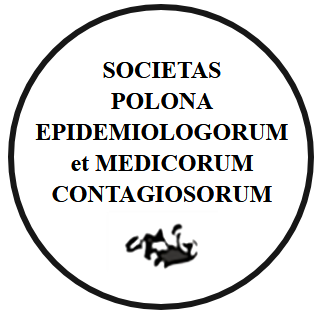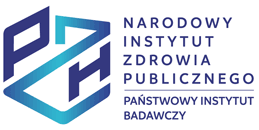ABSTRACT
The article highlights the problem of salmonellosis among the population of the Kharkov region, Ukraine. Three time series were used for calculations: a series of incidence rates for men, a series of incidence rates for women and a series of incidence rates for the general population, each of the series was an ordered set of monthly values from December 2015 to December 2018. It was revealed that the most effective tool for analyzing these statistical data is the use of the autoregressive moving average model (ARIMA). The following steps were used: identification and replacement of outliers, the use of smoothing and decomposition of the series. The developed model allows you to explicitly indicate the order of the model using the arima () function or automatically generate a set of optimal values (p, d, q) using the auto.arima () function. The validated model allows to calculate the predicted values of the incidence of salmonellosis for 50 days. In certain cases, models of exponential smoothing are able to give forecasts that are not inferior in accuracy to forecasts obtained using more complex models.
STRESZCZENIE
W artykule opisano problem infekcji salmonelozy w świecie, a także konieczność przewidywania chorób zakaźnych na przykładzie występowania salmonelozy wśród ludności obwodu Charkowskiego, Ukraina. Do obliczeń zostały wykorzystane trzy tymczasowe szeregi: szereg poziomu zachorowalności mężczyzn, szereg poziomu zachorowalności kobiet i szereg poziomu występowania w ogólnej populacji, Każdy z rzędów stanowił uporządkowany zestaw miesięcznych wartości od grudnia 2015 do grudnia 2018 roku. Stwierdzono, że najbardziej skutecznym narzędziem do analizy tych danych statystycznych jest wykorzystanie modelu autoregresyjnej średniej kroczącej (ARIMA). Zostały wykorzystane takie kroki: identyfikacja i wymiana odstających, wykorzystanie wygładzania i dekompozycja szeregów. Opracowany model pozwala określić kolejność modelu za pomocą funkcji arima() lub automatycznie wygenerować zestaw optymalnych wartości (p, d, q) za pomocą funkcji auto.arima(). Zatwierdzony model pozwala na obliczenie prognozy wartości częstości występowania salmonelozy na 50 dni. W niektórych przypadkach modele wygładzania wykładniczego są w stanie generować prognozy tak dokładne, jak te uzyskiwane przy użyciu bardziej złożonych modeli.
You can change cookies settings in your browser. Restricted use of cookies in the browser configuration may affect some functionalities of the website.





